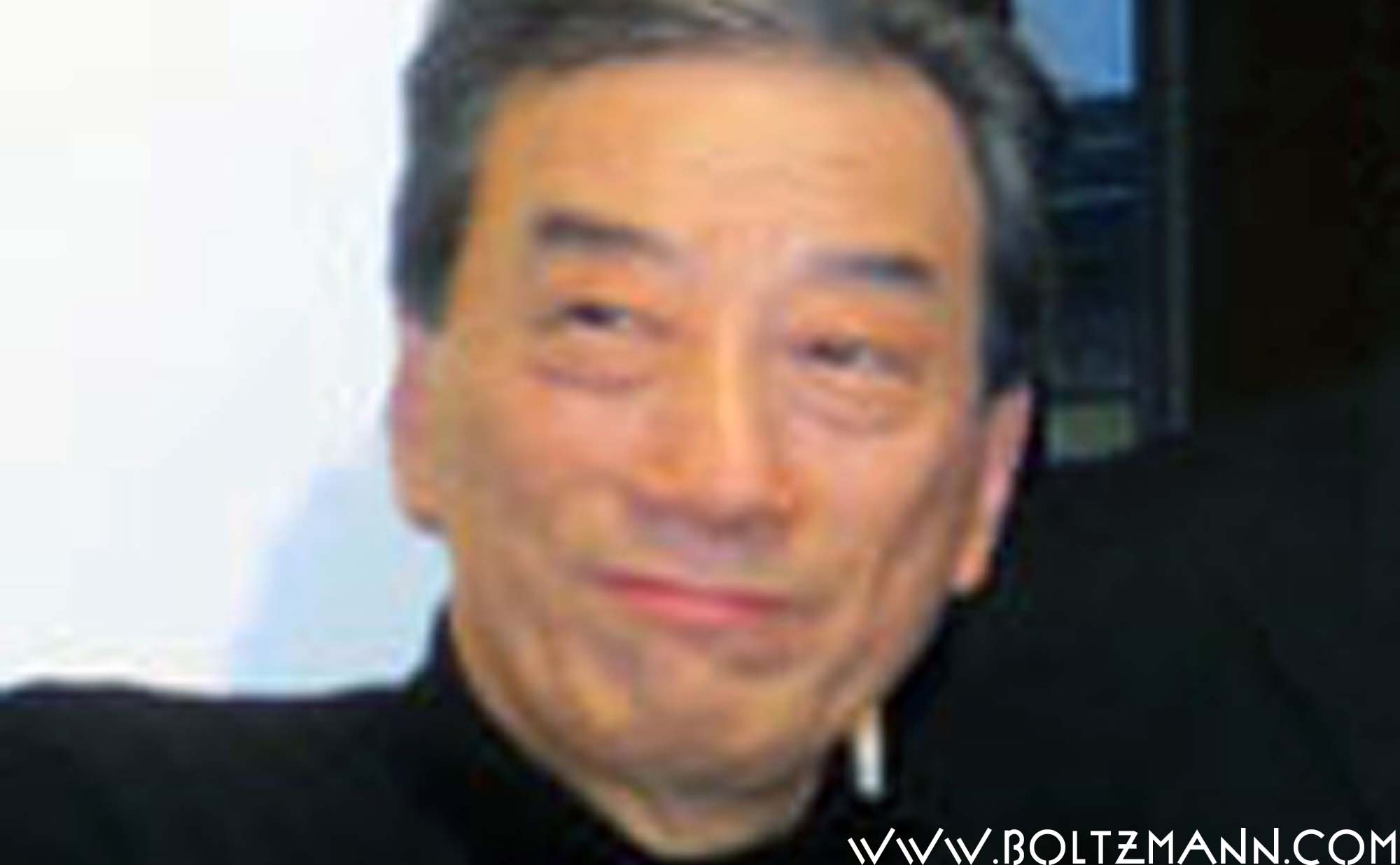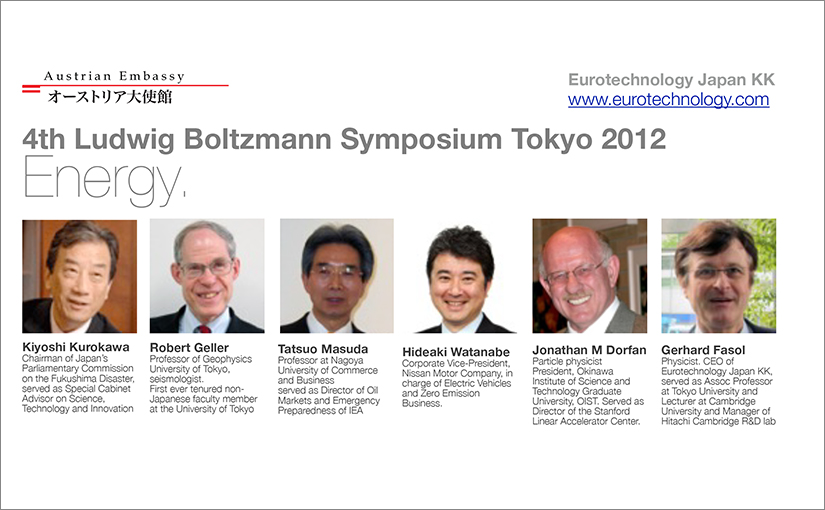Tag: Kiyoshi Kurokawa
-

Groupthink can kill – Fukushima Accident Investigation Chairman Kiyoshi Kurokawa
Kiyoshi Kurokawa: Quo vadis Japan? – uncertain times (Academic Fellow of GRIPS and former Chairman of Fukushima Nuclear Accident Independent Investigation Commission by National Diet of Japan) Keynote presented at the 6th Ludwig Boltzmann Symposium on February 20, 2014 at the Embassy of Austria in Tokyo. Professor Kurokawa set the stage by describing the uncertain…
-

Energy – 5th Ludwig Boltzmann Symposium, Tokyo, Feb 20, 2013
Energy 5th Ludwig Boltzmann Symposium – speakers: Robert Geller, Gerhard Fasol, Kiyoshi Kurokawa, Shuji Nakamura Wednesday, 20th February 2013, Embassy of Austria, Tokyo Registration: latest 10 February 2013 (by invitation only) Further information: Peter Storer, Minister for Cultural Affairs, Embassy of Austria Summary by Gerhard Fasol Robert Geller: “A seismologist looks at nuclear power plant…
-

4th Ludwig Boltzmann Symposium Tokyo (Feb 20, 2012, Embassy of Austria)
Energy 4th Ludwig Boltzmann Symposium on Energy in Tokyo. Speakers: Tatsuo Masuda, Kiyoshi Kurokawa, Hideaki Watanabe, Robert Geller, Gerhard Fasol, Jonathan Dorfan Registration: latest 15 February 2011 Further information: Peter Storer, Minister for Cultural Affairs, Embassy of Austria Summary Tatsuo Masuda: “New energy architecture for Japan” Tatsuo Masuda described how Japan’s energy strategy and policy…
-

our future: hot, flat, and crowded… celebrating Ludwig Boltzmann’s 165th birthday
First Ludwig Boltzmann Forum Tokyo on February 20th, 2009 Speakers: Hisashi Kobayashi, Gerhard Fasol, Kazu Ishikawa, Kiyoshi Kurokawa Ludwig Boltzmann was one of the most important physicists and philosophers: it is almost impossible for any engineer, chemist or physicist to do a day’s work without using Boltzmann’s tools and results every day. Ludwig Boltzmann is…